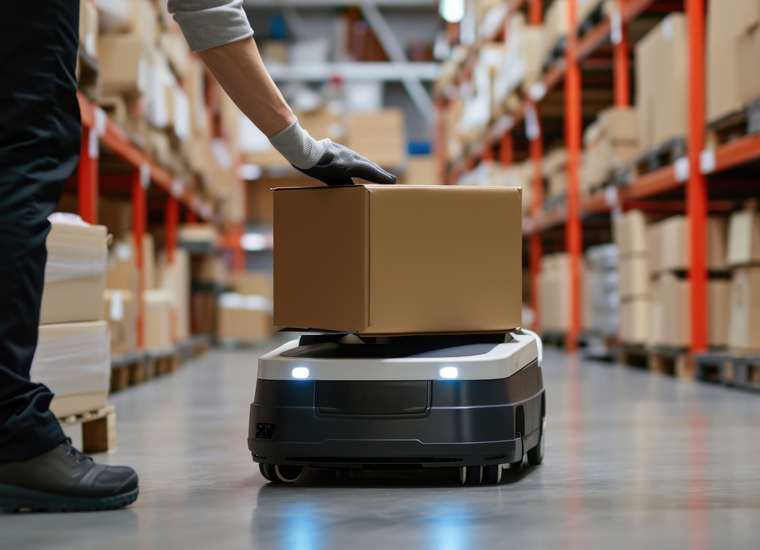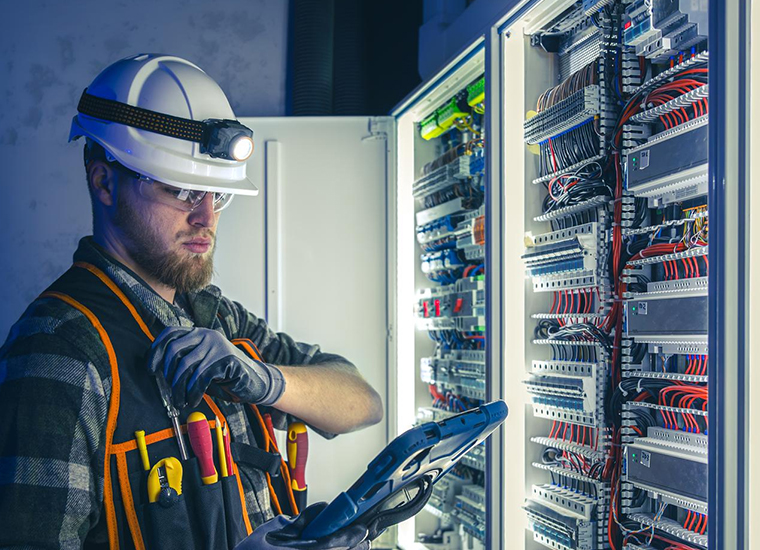AGP China Technology Report - Hospitality & Food Service Robots
Table of Contents
Page Section
03 Technology Overview
07 Historical Development Timeline
09 Product Differentiation
15 China Technology Ecosystem
18 Sino-Foreign Collaboration
21 Common Applications In China
26 Government Policy Support
29 Impact On Market Incumbents
30 Final Conclusion
31 Appendices
1.1 Global Snapshot
Definition and Scope
Hospitality and food service robots are autonomous systems designed to perform tasks traditionally handled by human staff in the hospitality industry. These tasks include customer service, food preparation, delivery, cleaning, and security. The primary categories of these robots are:
- Service Robots: Engage directly with customers, providing information, taking orders, and delivering food and beverages.
- Cleaning Robots: Automate housekeeping tasks such as vacuuming, mopping, and sanitizing.
- Security Robots: Monitor premises, ensuring safety through surveillance and anomaly detection.
Key Technologies
The functionality of hospitality and food service robots is underpinned by several core technologies:
- Artificial Intelligence (AI) and Machine Learning (ML): Enable robots to process customer preferences, recognize voice commands, and improve navigation skills over time. Enhanced AI-driven capabilities allow robots to interact naturally with guests, offer personalized menu recommendations, and manage complex service requests.
- Sensors and Perception Systems: Utilize cameras, LiDAR, and ultrasonic sensors to navigate dynamic environments and interact safely with humans.
- Actuators and Mobility Systems: Provide precise movement and handling capabilities, essential for tasks like serving food or cleaning.
- Connectivity and IoT Integration: Facilitate real-time data exchange and remote monitoring, enhancing operational efficiency.
Global Market Overview
The global market for hospitality robots has experienced significant growth, driven by technological advancements and the increasing demand for automation. Key developments include:
- Market Size and Growth: The global hospitality robots market was valued at USD 566.7 million in 2023 and is projected to reach USD 2.2 billion by 2030, growing at a CAGR of 21.5% from 2023 to 2030.
- Regional Adoption: Asia Pacific emerged as the most significant global hospitality robot market, with a 44% market revenue share in 2023. Countries like Japan and South Korea are technologically advanced and face labor shortages, leading to higher adoption rates.
- Technological Trends: The integration of AI and ML has enhanced robot capabilities, enabling more personalized and efficient customer interactions.
1.2 China Snapshot
Market Position and Capabilities
China has rapidly emerged as a significant player in the hospitality and food service robots sector, leveraging its robust manufacturing capabilities and technological advancements. Key aspects include:
- Market Share: China's hospitality robots market is experiencing rapid growth, driven by technological advancements and increasing demand for automation in the hospitality industry.
- Domestic Capabilities: Chinese companies have developed expertise in core components such as actuators, sensors, and AI algorithms, reducing reliance on imports and enhancing competitiveness.
Leading Firms and Deployments
Several Chinese firms have made notable contributions to the industry:
- UBTECH Robotics: Known for developing humanoid robots used in customer service roles within hotels and restaurants.
- Pudu Robotics: Specializes in food delivery robots, with deployments in various dining establishments.
- Keenon Robotics: Provides service robots for tasks ranging from food delivery to cleaning, with a strong presence in the domestic market.
Policy and Industrial Targets
The Chinese government has implemented policies to promote the development and adoption of robotics:
- National Policies: Initiatives such as the "Made in China 2025" plan emphasize the advancement of high- tech industries, including robotics.
- Industrial Targets: Goals include increasing the density of robots in manufacturing and service sectors, aiming to enhance productivity and global competitiveness.
Cost-Performance Edge and Application Scaling
China's ability to produce cost-effective robots has facilitated widespread adoption:
- Cost-Performance: Competitive pricing combined with reliable performance has made Chinese robots attractive to both domestic and international markets.
- Application Scaling: Robots are increasingly deployed in various settings, including hotels, restaurants, and hospitals, addressing labor shortages and improving service efficiency.
Strategic Significance
The adoption of hospitality and food service robots aligns with China's broader economic and social objectives:
- Demographic Shifts: An aging population and declining birth rates have led to labor shortages, making automation a strategic necessity.
- Industrial Upgrading: Integrating advanced robotics supports the transition to a high-tech economy, fostering innovation and new productive forces.
- National Goals: Robotics play a crucial role in initiatives like smart factories, elder-care services, and logistics automation, contributing to national development strategies.
1.3 Market Size
Global Market Estimates
The global hospitality robots market has been analyzed by various research organizations, providing the following forecasts:
- ResearchAndMarkets.com: Estimated the market at USD 566.7 million in 2023, projecting growth to USD 2.2 billion by 2030, with a CAGR of 21.5%.
- TechSci Research: Valued the market at USD 363.27 million in 2023, expecting it to reach USD 1,050.90 million by 2029, growing at a CAGR of 19.19%.
- The Brainy Insights: Reported a market value of USD 376.5 million in 2023, with projections to reach USD 2,316.94 million by 2031, at a CAGR of 25.5%.
China-Specific Estimates
While specific figures for China's market are less frequently reported, the country's significant role in the Asia Pacific region suggests substantial growth:
- Asia Pacific Market Share: The region held a 44% market revenue share in 2023, with China being a major contributor due to its technological advancements and labor market dynamics.
Growth Scenarios
The market's growth trajectory can be influenced by several factors:
- High Growth Scenario: Rapid technological advancements, favorable government policies, and increasing labor shortages could accelerate adoption, leading to higher-than-expected growth rates.
- Medium Growth Scenario: Steady technological progress and moderate policy support may result in growth rates aligning with current projections.
- Low Growth Scenario: Challenges such as high initial costs, technical issues, and slow consumer acceptance could hinder adoption, leading to lower growth rates.
Market Segmentation
The hospitality robots market can be segmented based on various criteria:
- Application Domain:
- Hotels: Front desk assistance, housekeeping, and concierge services.
- Restaurants and Bars: Food and beverage service, cleaning, and customer engagement. ◦ Travel and Tourism: Luggage handling, information provision, and security.
- Customer Segment:
- Luxury Establishments: Focus on enhancing guest experience through innovative services.
- Mid-Range and Budget: Emphasis on operational efficiency and cost reduction.
- Geography:
- North America: Early adoption and technological leadership.
- Europe: Emphasis on quality and regulatory compliance.
- Asia Pacific: Rapid growth driven by labor dynamics and technological advancements.
AGP Insights
Download PDF.
Your PDF report was sent successfully to your inbox!
Related Insights.











